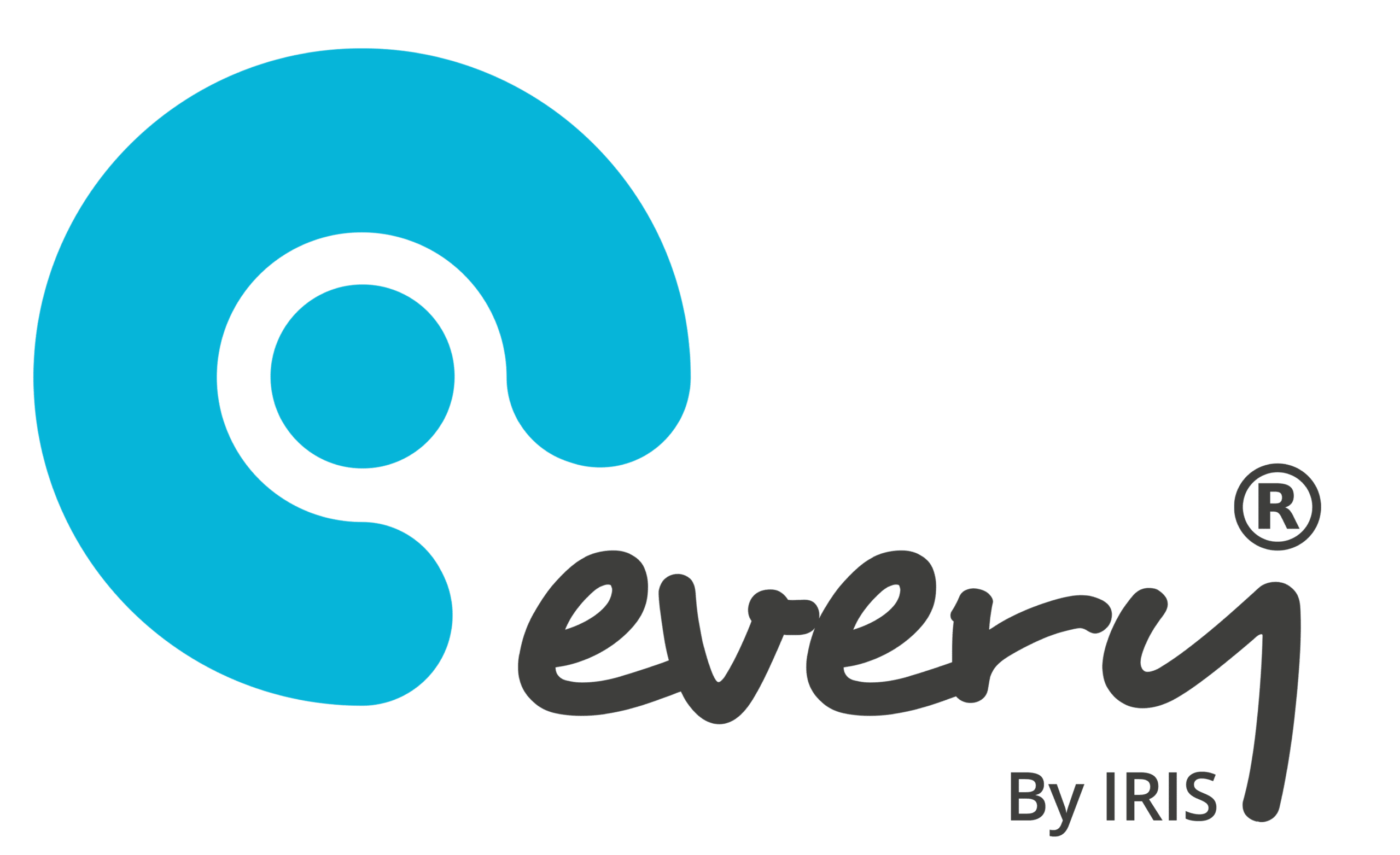On 1st September 2021, the DfE published new statutory guidance titled ‘Keeping children safe in education’ in relation to safeguarding and promoting the welfare of children. From small primaries to large MATs, everybody working in a school or college must understand their safeguarding responsibilities.
Governing bodies and proprietors are responsible for their school’s safeguarding arrangements and must ensure they comply with their duties under legislation. However, many schools still lack an effective process that details which members of staff have or haven’t read important documents, leaving them incredibly vulnerable.
Keeping children safe in education
The guidance states that ‘all staff have a responsibility to provide a safe environment in which children can learn’. It also details the systems that staff need to be aware of to support safeguarding; for instance, policies surrounding child protection and staff behaviour.
Unfortunately, there’s broad scope for safeguarding issues to arise within schools and colleges. From spotting the ‘early help’ signs of abuse (physical, emotional, sexual, or neglectful) to child sexual exploitation, the implications of not knowing how to correctly act can be devastating. Such procedures are in place to maximise the likelihood children receive the right help at the right time to reduce safeguarding risks.
What’s changed?
There’s been a variety of amends to this guidance from its 2020 predecessor to reflect new information and legislation changes. Notably, there have been updates with regards to the new UKCIS guidance on the sharing of nude and semi-nude images, as well as an additional section on ‘whole school and college approach to safeguarding’. This makes the importance of strengthened safeguarding systems crystal clear.
Since September 2019, Ofsted inspectors now always report on whether or not arrangements for safeguarding children and learners are effective. If inspectors deem procedures unsatisfactory and/or identify safeguarding concerns, it’s a huge area of concern for the school. The setting would not only be failing its imperative duty to protect children’s welfare, but also be increasing the risk of serious allegations about child protection. The safety of staff, children, and parents is endangered, as well as the school’s reputation.
What do you need to do to ensure KCSIE compliance?
Research and serious case reviews show the repeated threats of failing to take effective action. Unless all staff read this document from the DfE, schools are not compliant with the law. So, how can schools act with absolute compliance and take 100% responsibility for making sure staff always act in the best interests of the child?
Keeping track of which staff have access to, and read, certain documents is quite the task. You’re juggling a variety of job roles that demand the knowledge of differing documents, policies, and procedures. For MATs that employ hundreds of staff, it can be an especially time-consuming task to manually track and record who has read what and when. And that’s before you have to chase those that haven’t!
How can we help with KCSIE compliance?
Our Compliance Software allows for the easy distribution of the most updated version of important documents to staff, like this latest guidance from the DfE. The cloud-based platform allows users to access the information remotely, eradicating any margin for non-compliance if working off-site.
Whether sending documents to individuals or groups, users have access to stats that detail who has read the document, and when. For those with an ‘unread’ status, both automated and personal email reminders can be sent at the click of a button, alongside a reading deadline.
It’s one thing asking staff to read something, but being able to verify that they actually have is another ball-game. Thanks to our electronic confirmation feature, you’re equipped with evidence of who has read what, when, preventing the chance of disputes.
Our digital day and age leaves little excuse for non-compliancy. Unless a robust procedure is in place, there’s opportunity for human error, something schools simply cannot afford to risk. Every’s solution keeps a log of documents that have been distributed (past and present) which can be used as evidence during audits, proving that you have effectively communicated documents to staff.
After the 18 months we’ve had, it’s time to streamline processes for some much-needed peace of mind.
See how Every can help you:
| Thank you for Signing Up |




